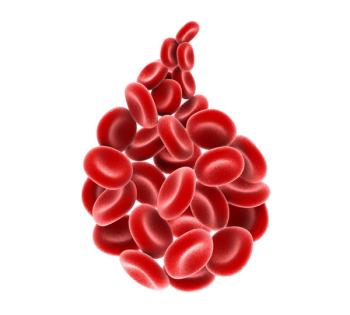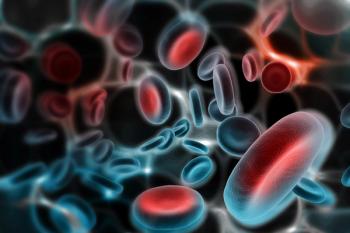
Pafolacianine Shows No Serious Adverse Effects in Lung Cancer Surgery
The 2 main pafolacianine components, a folate analog and a dye, are commonly used in other medical applications.
For as long as pafolacianine (Cytalux) has been assessed for patients undergoing surgery for lung cancer, no serious adverse effects (AEs) have been observed related to its use, according to Colleen Gaughan, MD.
CancerNetwork® spoke with Gaughan, a thoracic surgeon and chief of surgery at AdventHealth Celebration, about AEs associated with the use of pafolacianine in patients with lung cancer, as well as how to address them.
Gaughan explained that the 2 components that comprise pafolacianine are frequently used in other medical applications. The first component, a folate analog, is a compound meant to emulate a vitamin in the human diet, which binds to folate receptors. The dye is a commonly used item in other medical applications.
Gaughan then expressed that most AEs with the agent are not significant, with common toxicities including injection site reactions—such as flushing or itching—or nausea, which she stated were treated with diphenhydramine (Benadryl) and anti-nausea medication, respectively. Of note, Gaughan emphasized that no serious treatment-related AEs have been observed with the use of pafolacianine since it was first evaluated in patients undergoing surgery for lung cancer.
Safety data from the phase 3 ELUCIDATE trial assessing pafolacianine in 112 patients with lung cancer showed that no treatment-related serious AEs were found with pafolacianine use.
Transcript:
Both components of the [pafolacianine] molecule are things that we have used in other medical applications for a long time. [Pafolacianine] is [comprised] of 2 components. One is a folate analog. Folate is a vitamin that we take in our diet, and this is a compound that is made to look and act like folate, and it binds to folate receptors. Then, it is attached to a dye...we use these types of dyes in many other medical applications.
The good news is that there not are not a lot of significant [adverse] effects in receiving the pafolacianine infusion. The most common [adverse] effects that we see in our patients when they are receiving the infusion is flushing or itching, which we commonly treat with [diphenhydramine], or some nausea, which we usually treat with an anti-nausea medication. We are fortunate with the patients whom we have treated so far that we have not seen any serious [adverse] effects. At this point, the medication has been used in over 700 patients in both clinical trials and in clinical practice—probably more than that now in clinical practice—and we have not seen any serious adverse effects.
Reference
Sarkaria IS, Martin LW, Rice DC, et al. Pafolacianine for intraoperative molecular imaging of cancer in the lung: the ELUCIDATE trial. J Thorac Cardiovasc Surg. 2023;166(6):e468-e478. doi:10.1016/j.jtcvs.2023.02.025.
Newsletter
Stay up to date on recent advances in the multidisciplinary approach to cancer.


















































































